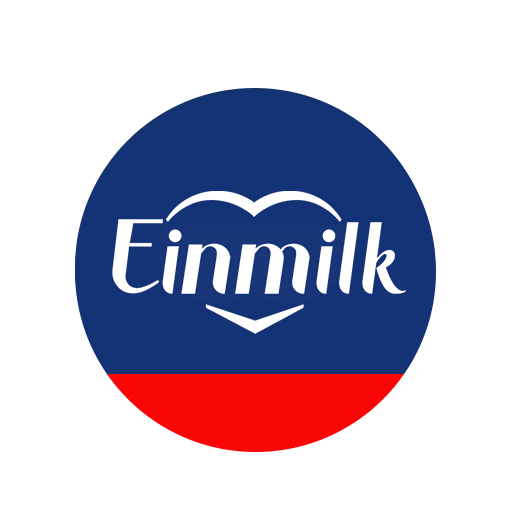18 to 24 months-olds are a lot of fun to be with. They’re more alert than babies and charge with wide-eyed curiosity to learn more about the environment that they live in. Don’t waste time letting your television babysit and get up to some engaging activities instead.
#1: Surprise Ice Cubes
Select a few small toys without electronic components and place them into an empty ice tray. Fill it up with water and a few drops of food colouring to darken the water before placing it into the freezer. Repeat with different toys and colours.
Let your toddler figure out how to melt the ice cubes and be surprised when they discover the hidden toy. It’s best to attempt this activity in the bathroom for easy cleanup. You can also teach them about colour combinations when the ice cubes melt and coloured water mixes.
#2: Ice Painting
Painting on the ice, rather than on paper, can be a new experience for toddlers. Place some ice cubes on a large tray and let your toddler paint over the ice cubes. You can also try creating ice blocks by freezing water in a large container. Large ice blocks act as a canvas for your toddler to observe how the paint creates patterns on the ice.
Be careful to keep your curious toddler from licking the ice!
#3: Oobleck play
Oobleck is a Non-Newtonian fluid which has intriguing properties as it acts like a liquid when you dip your hands into it but feels solid when you punch or squeeze it. This is one of the simpler Science experiments you can introduce to your toddler as it only requires two ingredients – cornstarch and water.
To make oobleck, mix 1.5 or 2 parts of cornstarch into 1 part of the water in small quantities, stirring constantly. It should feel like slime. You can add in a few drops of food colouring to make coloured slime.
This is a messy sensorial activity, best done on a large mat or wading pool for easy cleanup.
#4: Lid scooping
Save those colourful caps from food pouches and put them into a bowl of water. If you don’t have those, small bottle caps are great too. Get a small net for your toddler to practice scooping. This activity reinforces their fine motor skills and hand-eye coordination.
To make this activity more challenging, direct a fan onto the water to create movement.
#5: Squeezy Sponges
This is another simple activity which does not require much preparation. Fill up a basin with water and toss in the sponges. Your toddler will love squeezing water out of the sponges, soaking them and repeating the process.
To make this activity even more interesting, place enough water just for one sponge into a bowl so that the sponge will be able to absorb all the water, leaving the bowl empty. This can be a learning opportunity about absorbency for your toddler. You can also vary the activity by introducing other objects into the water such as cardboard or plastic to introduce the concept of absorption to them.
The above activities do not require a lot of preparation beforehand and are relatively easy to execute. Try them with your toddler someday and let us know your toddler’s reaction in the comments!




